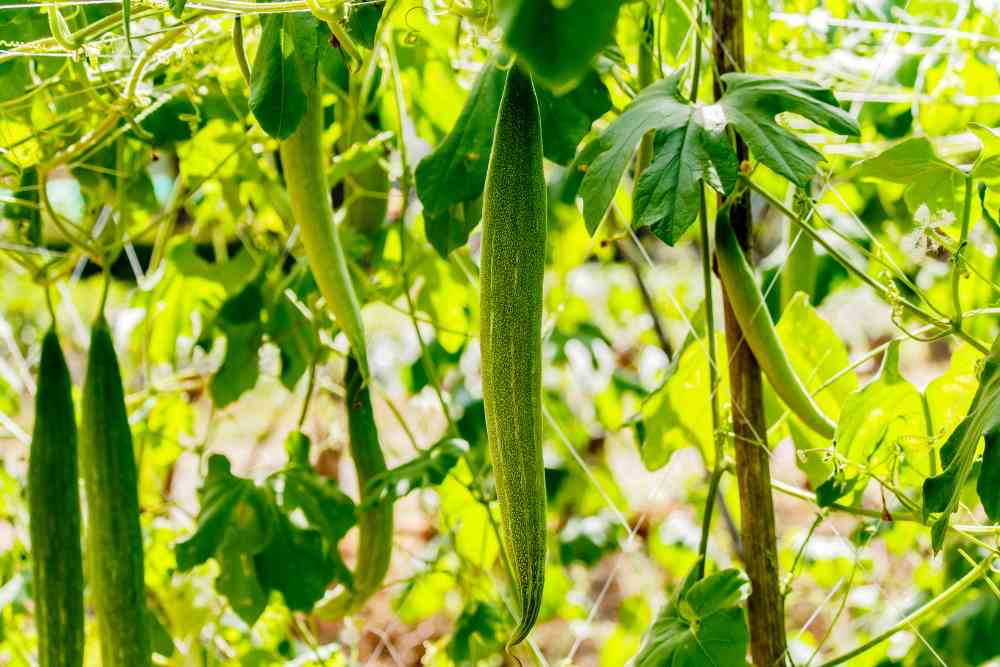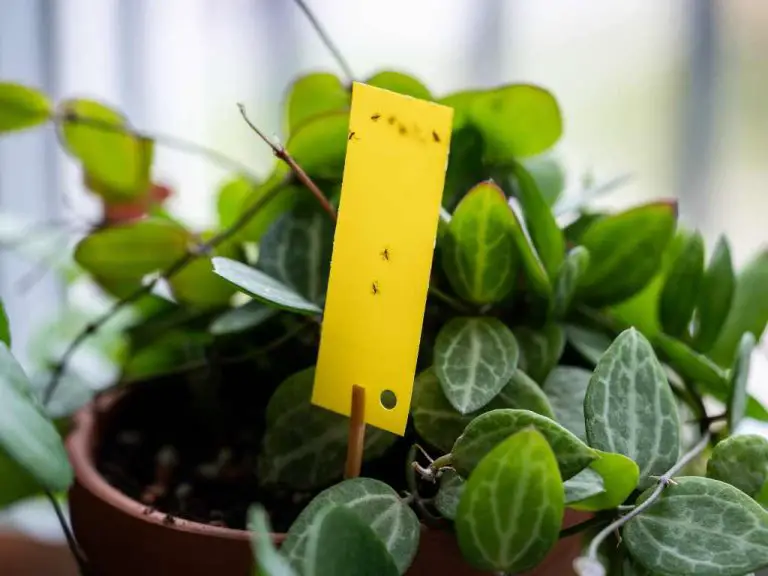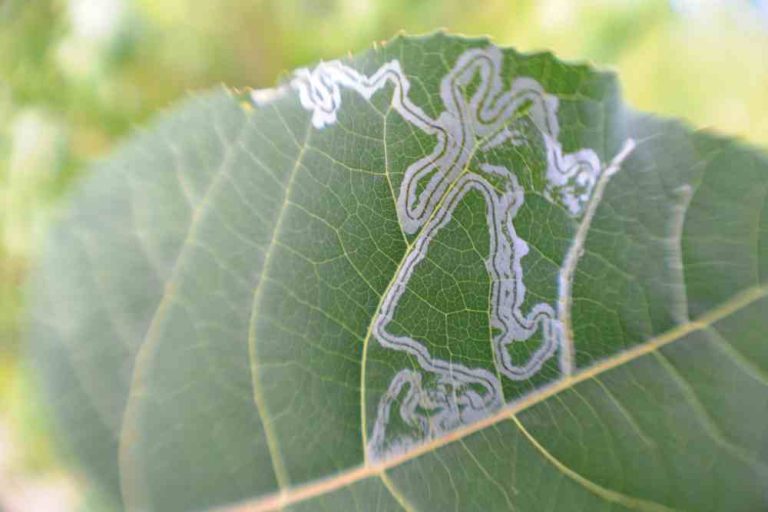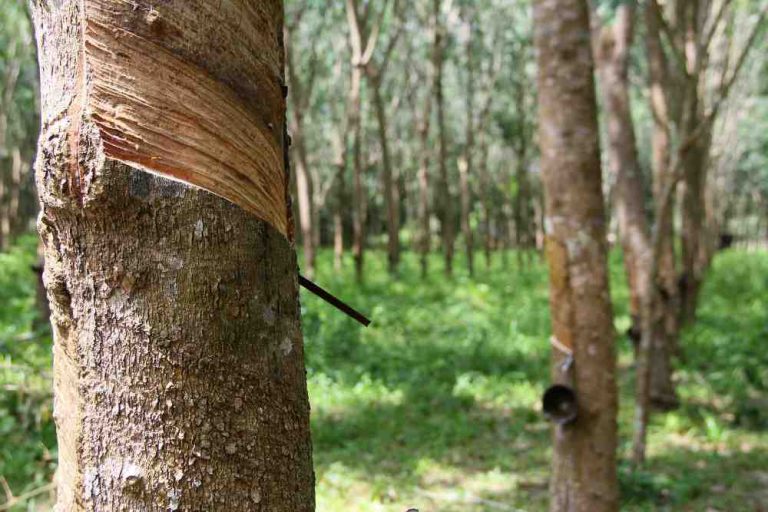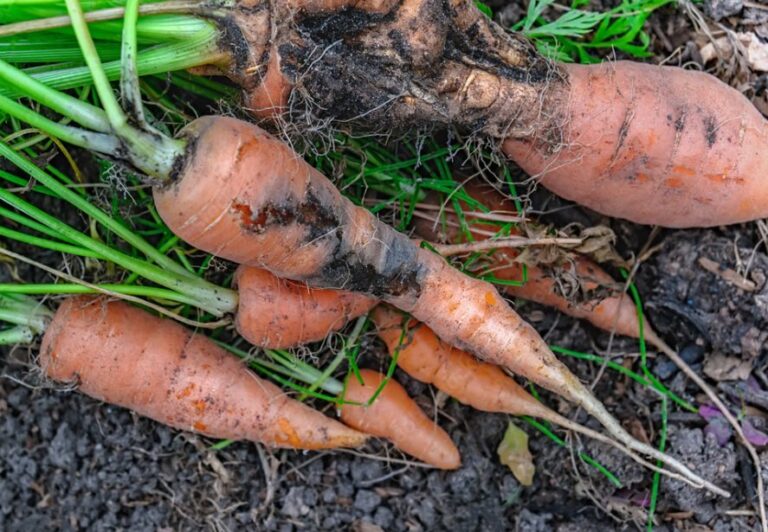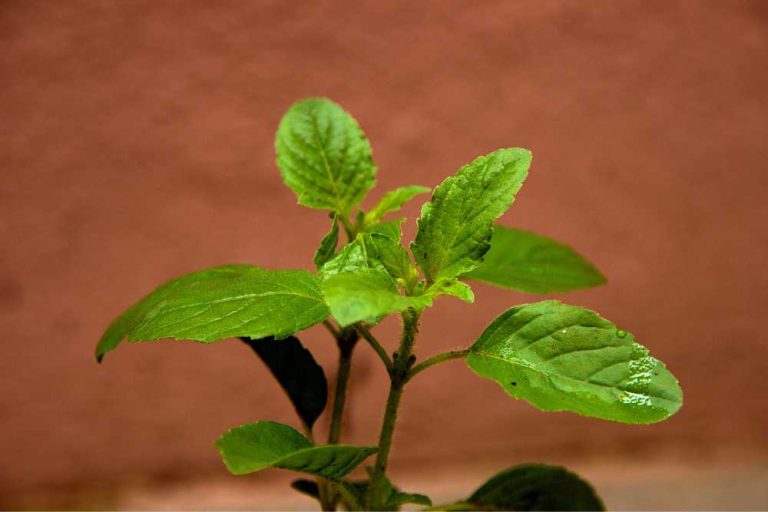Snake Gourd Pest And Diseases: Prevention and Treatments
Snake Gourd is indigenous to Australia, the western Pacific islands, and southern and eastern Asia. Trichosanthes cucumerina grows wild throughout these places. Most likely, it was domesticated in ancient India, from which non-bitter and large-fruited varieties may have migrated to other tropical areas.
In several nations of tropical Asia, it is grown as a minor vegetable. In Africa, where it has been identified in numerous countries and is likely present in many more, it is produced locally as a vegetable in backyard gardens. Here we are going to focus on snake gourd pest and diseases.
Snake Gourd Cultivation
The wet lowland tropics are ideal for the cultivation of snake gourd. 30°-35°C (86°-95°F) is the perfect range for average growth temperature. At the start of the rainy season, planting normally occurs. To give enough area for the twining vines to grow, planting 2 to 3 seeds per hill in rows 150 cm (5 ft) apart is advised.
Within 8 to 11 days, seedlings generally emerge. The vines and long fruits can be supported by a horizontal bamboo trellis about 1.5 m (5 ft) high or a comparable trellis made of concrete reinforcement wire with a mesh size of 10 cm x 10 cm (4 in x 4 in) supported by poles. Let the vines climb along poles, over thatched roofs, or over buildings is also possible. It would help if you let the lengthy fruits hang down.
To ensure that growing fruits grow straight, weights, such as tiny stones, are occasionally fastened to the tips of the fruits. Normally, snake gourds react well to fertilizer or manure applications.
However, please stay away from high-nitrogen fertilizers as they promote excessive vine growing. Climates with recurring droughts could require irrigation. Snake Gourd blossoms are white, fragrant, and open late in the day and at night, implying that moths pollinate them. Snake gourds produced in screened greenhouses have poor fruit sets and may need hand-pollination.
8 Snake Gourd Pest and diseases
1. Fruit Flies – Bactocera Cucurbitae
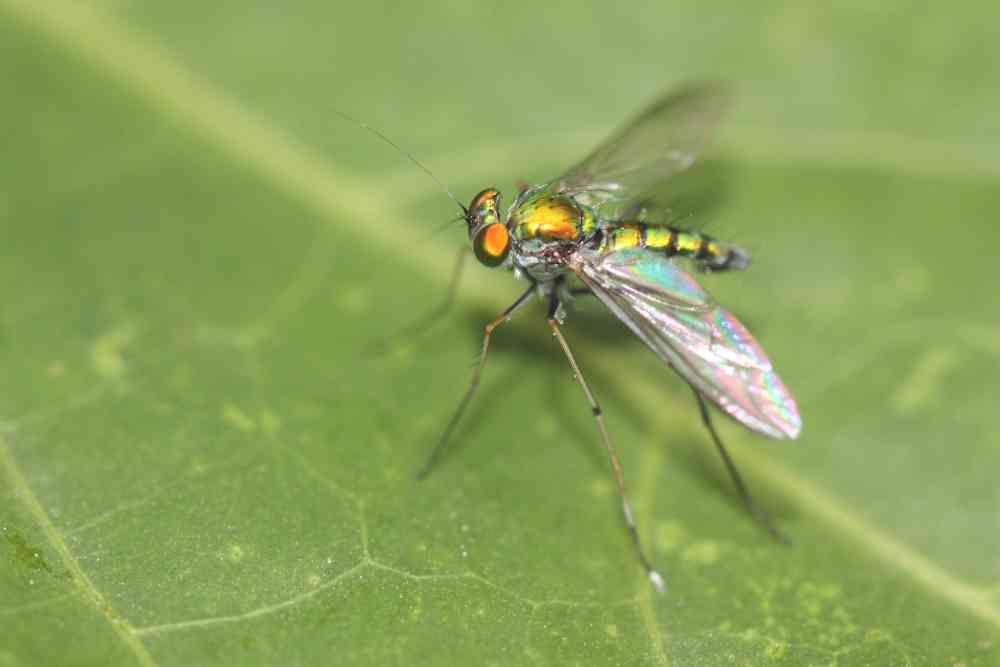
The insect pest that causes the most damage to snake gourds is the fruit fly. Fruit fly maggots eat the internal fruit tissues, resulting in premature fruit drop and fruit yellowing and rotting in the affected fruits. This fly is challenging to eradicate because its maggots consume fruits while being shielded from direct contact with insecticides.
2. Snake Gourd Semilooper – Diaphania Indica

Larvae webs, leaves, and feed. Also consumed are ovaries and developing fruit. No fruit is produced by affected flowers, and contaminated fruit becomes unfit for human consumption. Adults have clear white wings with broad, dark brown border patches and orange-colored anal hair tuft in females. Larvae are brilliant green and elongated, with a pair of faint white longitudinal lines on the dorsal side. Pupation occurs in a flowering cocoon.
3. Pumpkin Beetles – Aulacophora foveicollis, A. cincta, A. intermedia
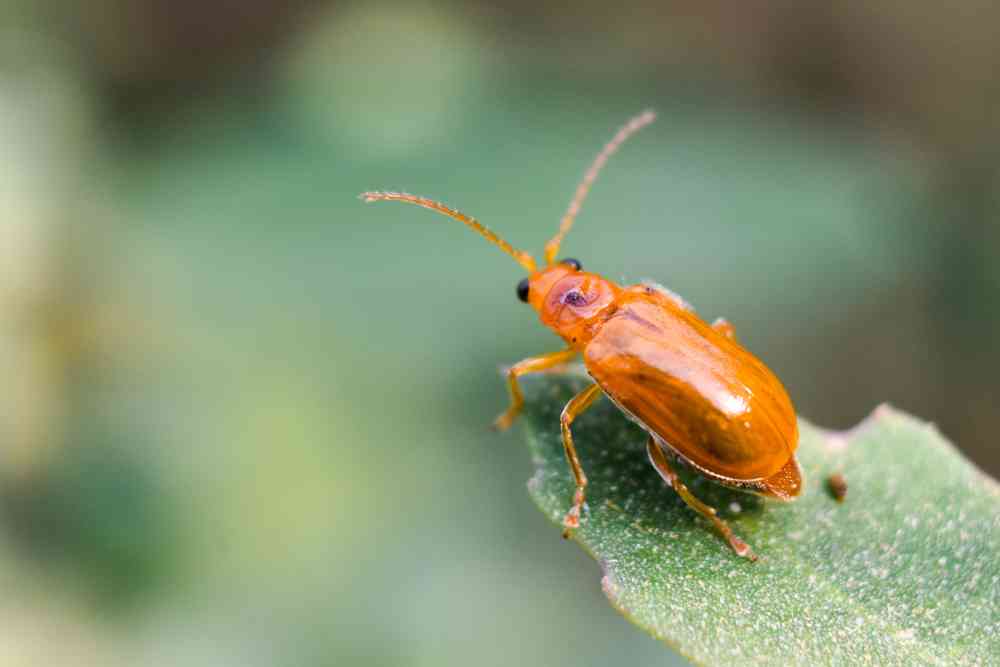
Damage is caused by both grubs and beetles. Grubs live beneath the soil’s surface, eating on roots, creeper underground stems, and fruits that come into contact with the soil. Adults consume plant portions that are above ground. Grubs are 22 mm long when fully developed and are a dirty white color when they are first hatching. Adult A. foveicollis is red, and 6.8 mm long. A. intermedia is blue in color, and A. cincta is grey with black and has a glittering yellow-red border.
Integrated Pest Management strategies
For the control of numerous snake gourd pests, the following Good Agricultural Practices should be followed:
- Elimination of waste, crop leftovers, weeds, and alternative hosts.
- Summer plowing.
- Regularly raking the soil beneath the crop to uncover and remove the eggs, grubs, and pupa.
- Manual collection and disposal of fruit and leaf infestations.
- Use correct crop rotation techniques and avoid planting successive cucurbit crops.
- The use of resistant and tolerant types, Fruit flies have less of an impact on early maturing types than on later ones.
- Light soil raking during fruiting and after harvest to remove pupae from the ground.
- Attract male B. cucurbitae with cue-lure traps.
- Use poison bait to kill fruit flies. Combine 500 g of jaggery with 20 ml of malathion, and store the mixture in plastic containers (100 ml each) at a rate of 5 nos /acre for monitoring and 20 per acre for mass fruit fly killing.
- To control fruit flies, use fish meal traps at a rate of 10-15 nos/acre.
4. Mosaic Virus
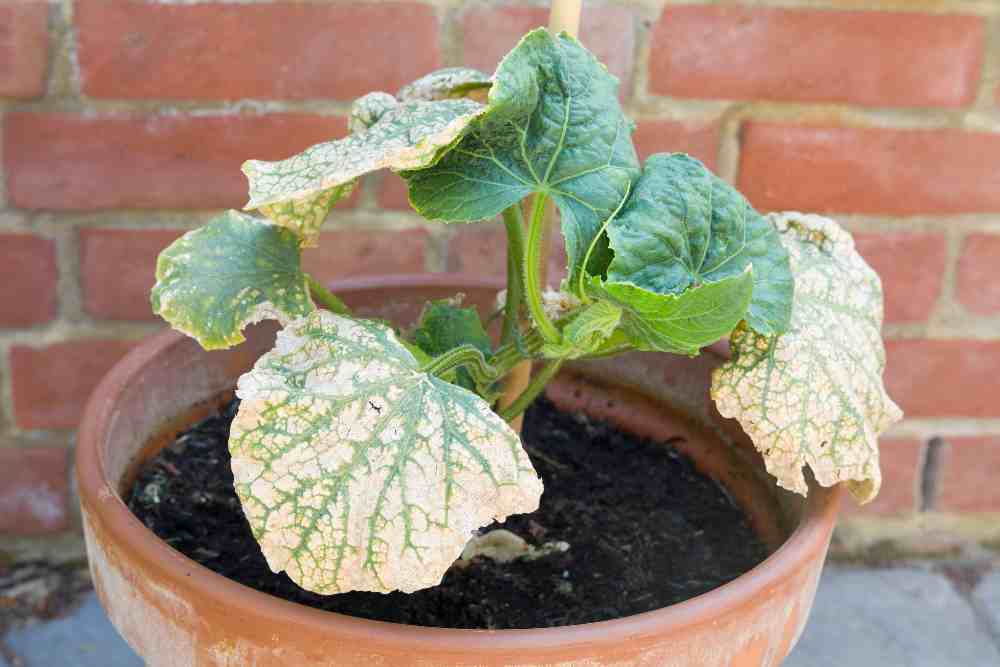
The plant leaves have sections of light green and green throughout, which affects plant development as it is cupped downward. The fruits become discolored and protrusion and aphids naturally transmit the virus.
This could be avoided by utilizing a Mosaic virus-resistant cultivar. In that plant, removing the damaged areas may be beneficial. The disease can be controlled by misting snake gourd plants with insecticide Dimethoate 0.05% or Neem oil.
6. Anthracnose

Symptom Dark brown sunken lesions on leaves, stems, flowers, and fruits are the hallmark symptoms of anthracnose, a broad word for several different diseases. Plants’ entire aerial architecture is impacted.
The first sign of the condition is water-soaked lesions that subsequently develop into brown or black patches. When these lesions combine, it causes severe leaf blight. The young fruits will turn dark, shrivel, rot, and die from the infection.
Treatment of seeds with Carbendazim 50 WP (2 g/L of water for every kilogram of seed), Pseudomonas fluorescens, or Trichoderma spp. (20 g/L of water for every kilogram of seed). To spread and infect, anthracnose fungus requires water, and they cannot spread in dry conditions.
As a result, an irrigation system that wets the leaves could result in a disease outbreak. Along with the fallen leaves, diseased twigs must be trimmed and burned. Crop debris that is contaminated should be removed and destroyed.
7. Downy Mildew

Pale green patches primarily form on the upper side of the leaf, and fungal growth on the lower side of the leaf causes the affected leaf to dry down.
In order to effectively control the disease, plants should be spaced apart sufficiently, have great ventilation and drainage, and receive enough sunlight. This disease can be managed by spraying Mancozeb or Chlorothalonil 2 g/L twice every ten days. The disease can also be controlled by treating seeds with Apron SD 35 at a rate of 2 g/Kg and spraying them with Mancozeb 0.2%.
8. Powdery Mildew
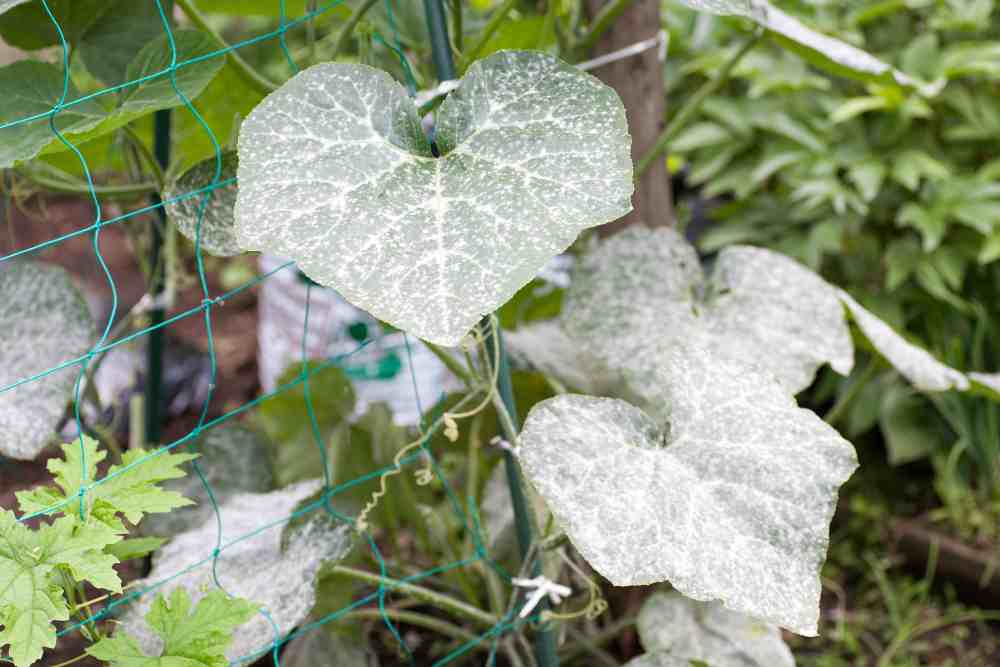
On the upper and lower sides of the leaves and stems, areas of white or brown color appear. Typically, this occurs during hot, dry seasons. Furthermore, plant growth is slowed.
This is primarily regulated by spraying Dinocap 1 mL/L or Carbendazim 0.5 g/L. Spraying with 0.1% wettable sulfur aids in disease control. Dinocap 1 ml/L can also be used to control powdery mildew.
- 29 Bucket Gardening Ideas for a Lush, Compact Garden - October 30, 2024
- 20+ Chic Boho Bedroom Ideas for a Cozy and Stylish Retreat - June 20, 2024
- 12+ Modern Boho Living Room Ideas to Create a Unique Oasis - June 10, 2024

